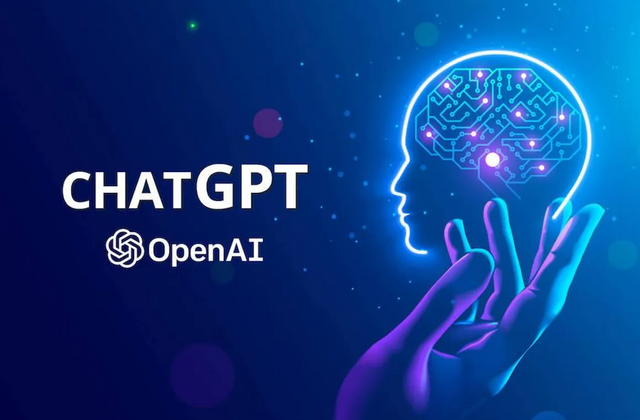Can ChatGPT Trade Better Than Humans?
AI machine learning models are a hot topic right now, and ChatGPT is the name on everyone’s lips. Some believe AI will inevitably lead to millions of job losses worldwide in this decade, while others see it as a fun and interesting development in technology. AI is astonishing in the wider world, but does it have any practical application in trading?
What’s the source of information for ChatGPT and other AI generators?
OpenAI was revealed to the world by Elon Musk and his fellow founders on 30 November 2022. The world reacted with gaping mouths as Dall-E started generating artwork from a simple text prompt. The results were so convincing that they won an art competition last year after being entered anonymously.
Then came OpenAI’s chatbot, ChatGPT, a large-language model, trained using millions of articles, books, and text sources to produce perfect content. ChatGPT’s “knowledge” is based on the information that was available to it at the time of training. For now, it’s not updated dynamically, so its conclusions don’t always reflect the most up-to-date information. In fact, the data that influence ChatGPT only goes up to 2021.
Given that the financial world measures data in milli seconds, it’s fair to say any trading strategies you get from an AI will be either useless or outdated. But, this might not be true for long. To understand where AI will be in the coming years, let’s explore how today’s Expert Advisor trading bots work.
Algorithms and EAs?
Expert Advisor (EA) bots are automated trading systems that are programmed to analyze market data and even make trades. These bots can be integrated with most trading platform software and programmed to execute trades automatically based on market conditions, technical indicators, and other market data.
EAs commonly integrate indicators such as the Exponential Moving Average, Bollinger Bands, Fibonacci Retracement, and other popular trading tools, and then react based on a set of predefined rules and parameters that was programmed by an experienced trader.
They can also be designed to manage risk and execute trades at optimal times. EAs are commonly used by traders to automate their strategies and to make trades in the market with less human intervention. EAs are simply a collection of algorithms that can react in milliseconds.
Algorithms are used in many areas including mathematics, computer science, engineering, and data sorting. They seem smart, but algorithms are not artificial intelligence. They are merely optimized routines, and routines are what experienced traders acquire through education and practical experience.
For example, a trader who uses the relative strength index (RSI) is waiting for a trigger point to buy or sell. When RSI passes the horizontal 30-level, it is considered bullish, and the trader will buy. That’s an example of one rule.
An EA can have multiple rules checking dozens of assets every second, waiting for market conditions and indicators to match the programmed rules. There is no intelligence involved. It is more reactionary rather than creative.
There are thousands of EAs available with the MetaTrader and TradingView platforms, each with their own set of rules, but they don’t offer any kind of guarantee of trading success, because they don’t take into account fundamental or political influences that cannot be factored into a trading chart.
The problem with EAs
EAs use pure technical analysis based on historic data. If I start counting, 1,2,3,4… the next number will be 5, right? In a preschool classroom, yes, but in the global market, anything can happen. Hence the disclaimers that all legitimate brokers include in their communications. Past performance does not guarantee future results.
An experienced trader looks beyond the charts and combines geo-political events, press releases, and weather. For professional traders, technical analysis is a tool used to strengthen fundamental assumptions and aid trading decisions.
This is why the financial industry has hedge fund managers, portfolio managers, and signals providers. But all that may be coming to an end.
The next Gen AI/EA trading bots
We’re not there yet, but sooner or later the machine learning models used by ChatGPT will be trained to include live and upcoming fundamental analysis to complement technical analysis. The AI training will take into account what happens, statistically, to USD after an NFP release. Or what happens to Euro when both oil and gold prices spike? When Apple Inc. sales data falls short, what usually happens to AAPL prices? If we can track it, so can AI with the proper training.
The machine learning models of today are powerful enough to handle the massive data needed, but they first need to be trained by professional traders. When that day arrives, the financial markets as we know them will change forever.
Until then, the best thing you can do is act like an AI/EA. Train yourself with routines, follow news and reports and take notes on the market reactions, and check the charts and indicators to see which forecasts worked best.
Trading is a business; like any entrepreneur, you need to know your market to stand out from the crowd. So start learning, dive deep, and only trade when all the fundamental and technical lights are green.
